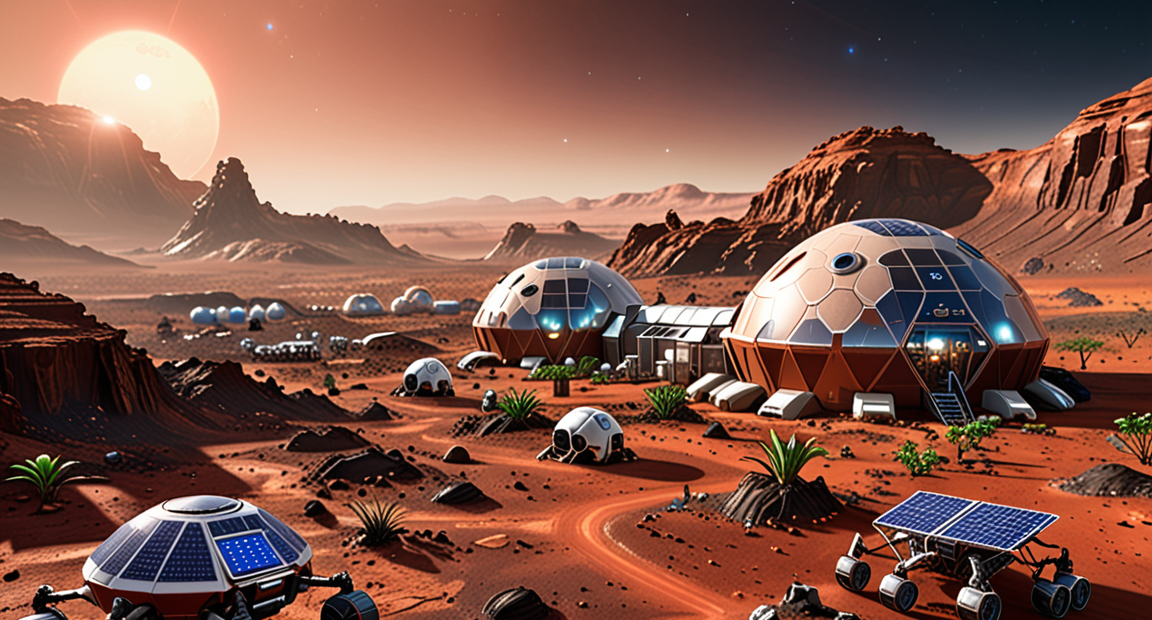The Neuroscience of Music: Unlocking Its Effects on Your Brain
Music holds an extraordinary power over us, influencing emotions, boosting energy, and sometimes even moving us to tears. But what exactly happens in the brain when we hear a melody? Understanding the connection between music and neuroscience reveals why it’s so impactful on our well-being.
How Music Activates the Brain
When you listen to music, your brain doesn’t just process sound. It lights up in multiple areas, creating a rich tapestry of activity:
• Auditory Cortex: The part of the brain that decodes melodies, rhythms, and harmonies.
• Limbic System: This area triggers emotional responses to music, such as happiness, sadness, or nostalgia.
• Motor Cortex: This region is responsible for physical reactions, like tapping your foot or clapping to a beat.
These interconnected responses explain why music often feels like a full-body experience, touching both our hearts and minds.
Dopamine and the Pleasure of Music
Why does music make us feel so good? The answer lies in dopamine, a neurotransmitter associated with pleasure and reward. Listening to songs you love releases dopamine, similar to the effects of eating delicious food or completing a challenging task. This natural boost can brighten your mood or provide the motivation you need on tough days.
Transition to Emotion
Beyond dopamine, music is deeply tied to emotion. A heart-wrenching ballad might leave you in tears, while a high-energy track can instantly lift your spirits. The emotional power of music is why it’s often used in therapy, where it helps people manage stress, process feelings, and even build resilience.
Cognitive Benefits of Music
It isn’t just good for your soul—it’s great for your brain. Its influence extends into areas like memory, focus, and stress relief.
• Improved Memory: Familiar songs can unlock vivid memories, especially in those with Alzheimer’s or dementia. This phenomenon, known as the “reminiscence bump,” is often harnessed in music therapy.
• Enhanced Focus: Instrumental music or ambient soundtracks can boost concentration during work or study sessions by masking distractions.
• Stress Reduction: Soft, slow-paced tunes lower cortisol levels, helping to calm your mind and body.
The Role of Music in Therapy
Music therapy has become a valuable tool in healthcare settings, showing positive effects on both mental and physical health. For example:
• It helps reduce anxiety in patients undergoing medical treatments.
• Music enhances motor skills during physical rehabilitation.
• It supports communication development in individuals with autism.
These therapeutic applications underline how music goes beyond entertainment to improve lives in tangible ways.
Practical Tips for Using Music Daily
It is a resource that anyone can harness for better mental well-being. Here’s how you can incorporate it into your routine:
• Start Your Day Right: Play uplifting tracks to set a positive tone for the morning.
• Focus with Playlists: Use calm, instrumental playlists while working or studying.
• Wind Down at Night: Soft, soothing music can help you relax and prepare for restful sleep.
Why Music Transcends Borders
It connects people, breaking down cultural and linguistic barriers. Its universal appeal reminds us of our shared humanity and the incredible power of creativity.
Next time you feel stressed, uninspired, or simply need a moment of peace, turn to music. Its benefits are backed by science and, most importantly, it’s always accessible.




